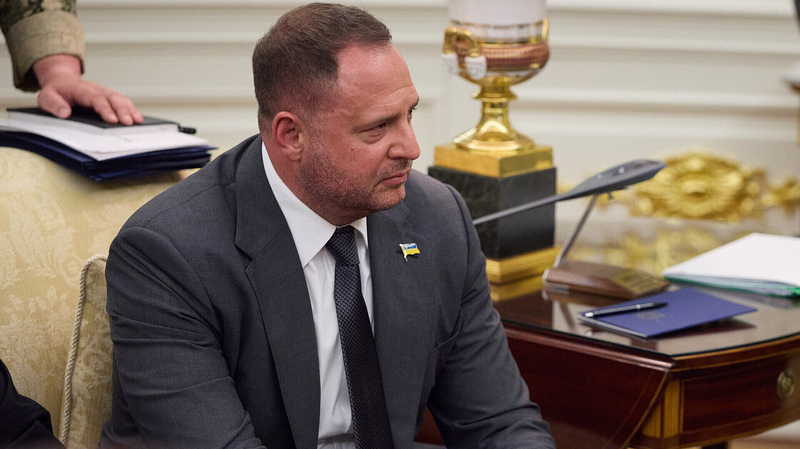The first half of 2025 has become the costliest on record for major disasters in the U.S., tallying up $101 billion in damages. From historic wildfires tearing through Los Angeles to severe storms battering communities, the financial toll underscores the mounting impacts of extreme weather.
These figures come from the nonprofit Climate Central, but the detailed tracking behind them has hit a major roadblock. Recent budget cuts by the Trump administration have led NOAA to suspend its own disaster-cost monitoring, creating a gap in official federal data just as climate risks climb.
Without NOAA’s regular updates, researchers and policymakers may lose a vital tool for understanding trends and preparing for future events. CGTN’s Ediz Tiyansan warns that the data gap can hamper efforts to adapt infrastructure, allocate relief funds, and craft effective policies in the fight against man-made climate change.
For young activists, entrepreneurs, and decision-makers worldwide, this development highlights the need to diversify data sources and push for transparent, science-based information. Emerging tech solutions—like community-driven damage reporting apps and AI-powered forecasting—could help fill the void left by federal tracking.
As the climate crisis intensifies, maintaining robust, accessible data systems will be essential for resilience. The pause in NOAA’s monitoring serves as a wake-up call to invest in innovation, cross-sector collaboration, and the global sharing of climate insights.
Reference(s):
Climate disasters hit record costs as tracking system is shut down
cgtn.com



